LUMINTOP BLF GT MINI thrower review
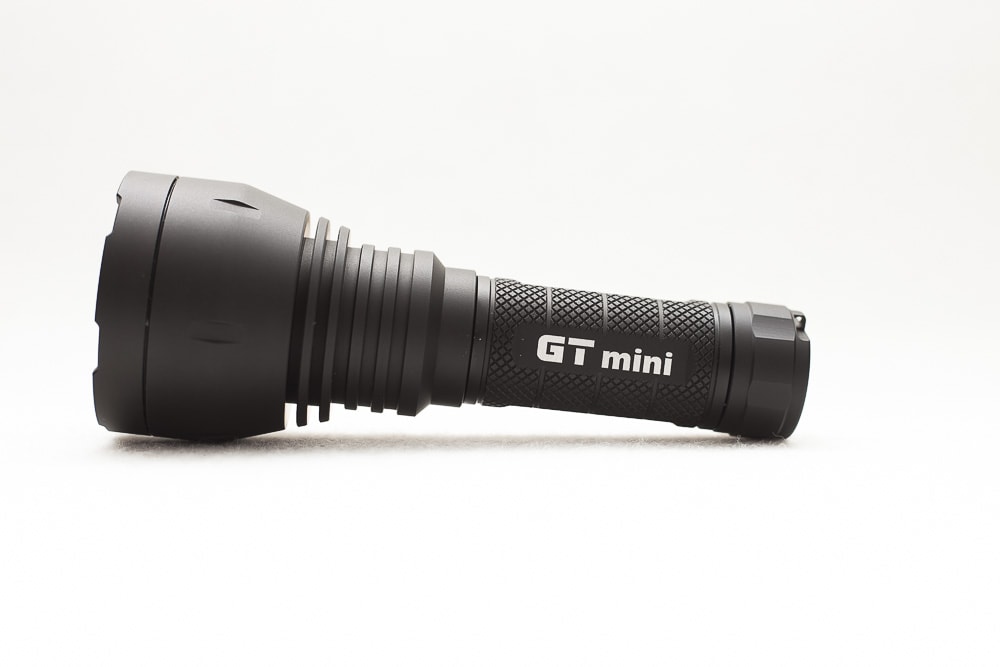
Introduction BLF-GT MINI
Do you want a massive throw? Do you want to reach 2KM / 1.3Miles? Well, you should look at its bigger brother, the BLF GT :–)
This review is about the MINI BLF GT, you know, its little brother—the GT you can put in your pocket.
It is supposed to throw 135000cd / 135kcd, and that is still quite a lot for such a small flashlight, and is similar to the other mini thrower, the Emisar D1s, which claims the exact same amount of throw, while being a few millimeters longer. So the Emisar D1S still holds the title for the smallest, best flashlight thrower.
| Brand and model | Lumintop BLF GT Mini |
|---|---|
| LED | Cree XPL Hi |
| Lumens | 1200 lm |
| Beam intensity | 135,000 cd |
| Battery config. | 1*18650 |
| Material | Aluminum |
| Modes | Many |
| Blinkies | Many |
| Reflector | Smooth |
| Waterproof | IP68 |
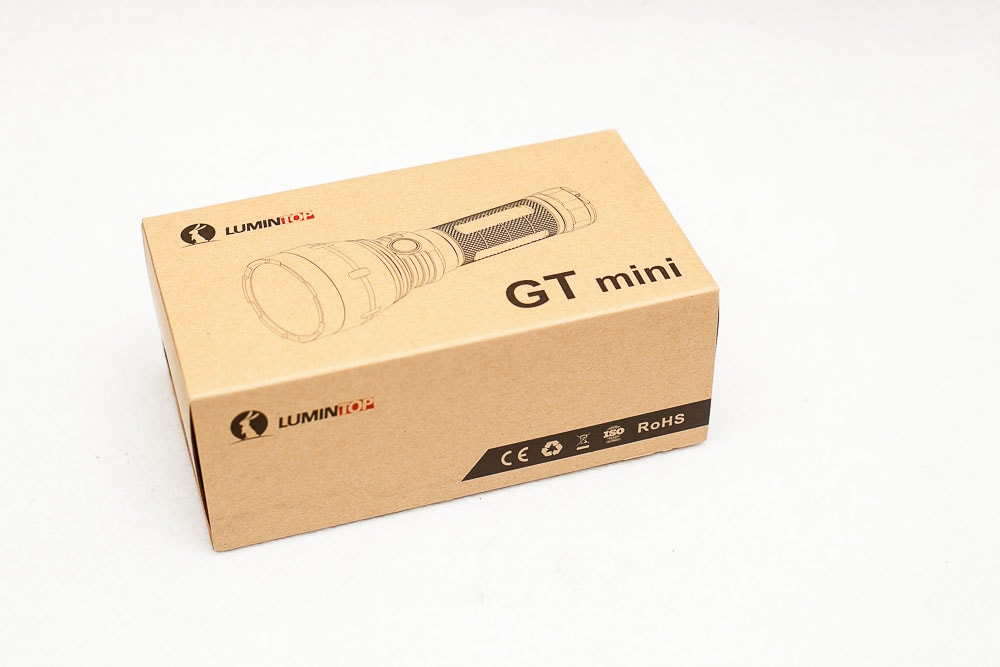
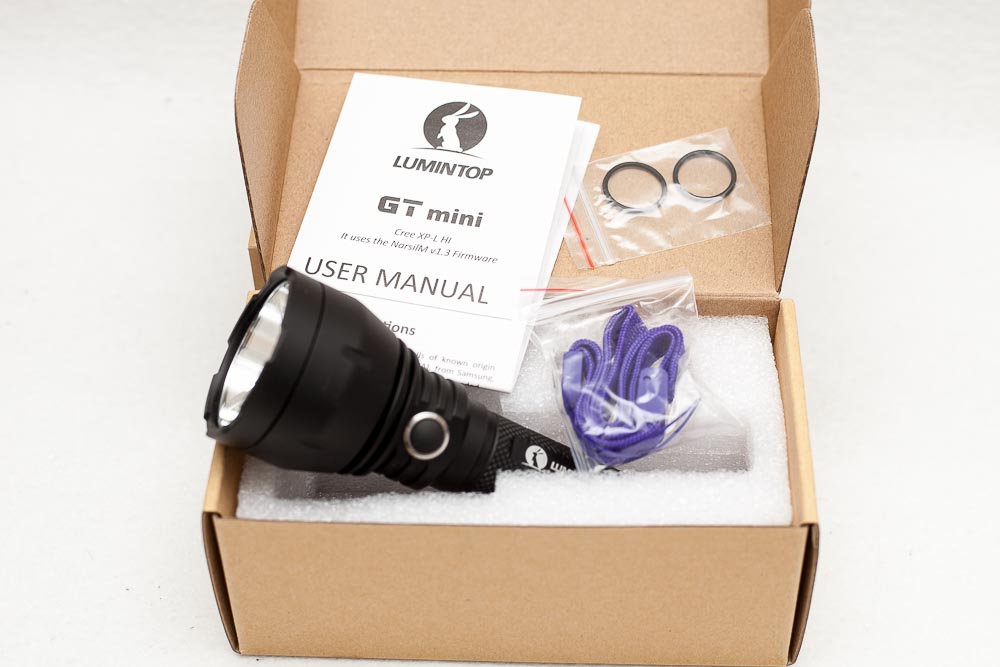
Handling of the MINI GT
Do you want a thrower that can fit your pocket? Do you want a thrower that can throw over 100cd? Well, this might be something you will be interested in.
The size is comparable to the C8 flashlights made by Convoy, Astrolux, Kaidomain, etc. It is a little shorter and has a slightly larger reflector. More on that later.
It is a mini version of the Lumintop BLF GT that fits inside your pocket! You can understand the size better in the following pictures because even in the picture, it looks larger than in person! The side switch helps and is probably 1 reason why it is so short. There is a little twist on the tailcap, and you lose connection, so that is an easy lock-out. I really have to get used to such a small thrower. It feels more like a toy than a workhorse to me, but that is really only because of the size. The throw itself is quite spectacular for such a small light! Unprecedented….except for the Emisar D1S.
Flashlight Knurling
The mini GT has some knurling on the body, and non-existent on the tailcap nor the head. Please take a close look at the following pictures.


Threads print and anodizing
The anodizing is done very well across the light. The text on the tube is also crisp and clear.
Both o-rings came lubed entirely, but the threads were a bit dry. The tailcap has a double spring in it, as you can see in the picture below.
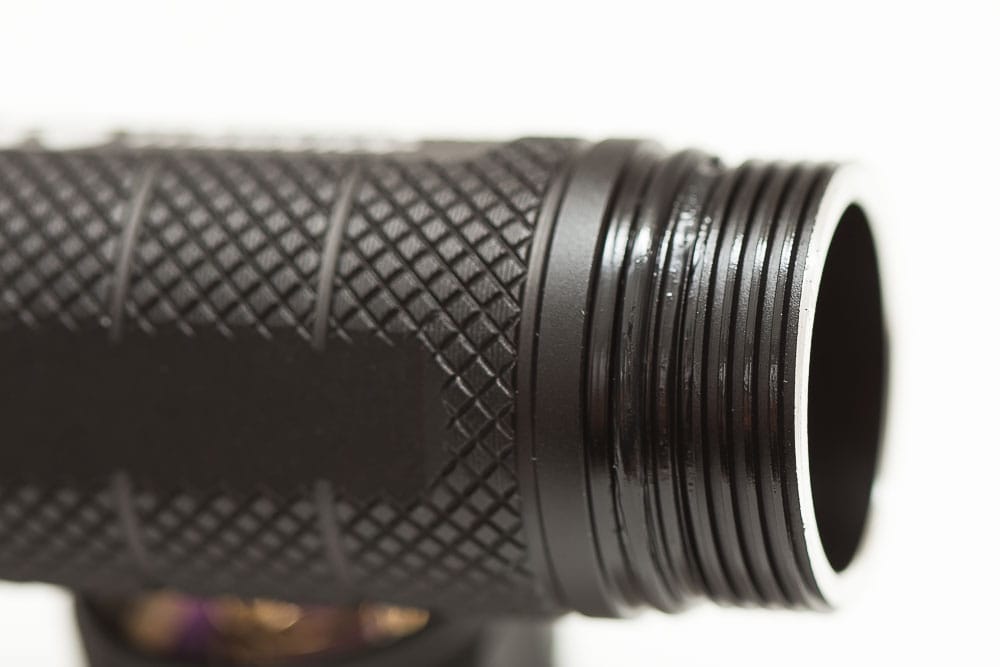
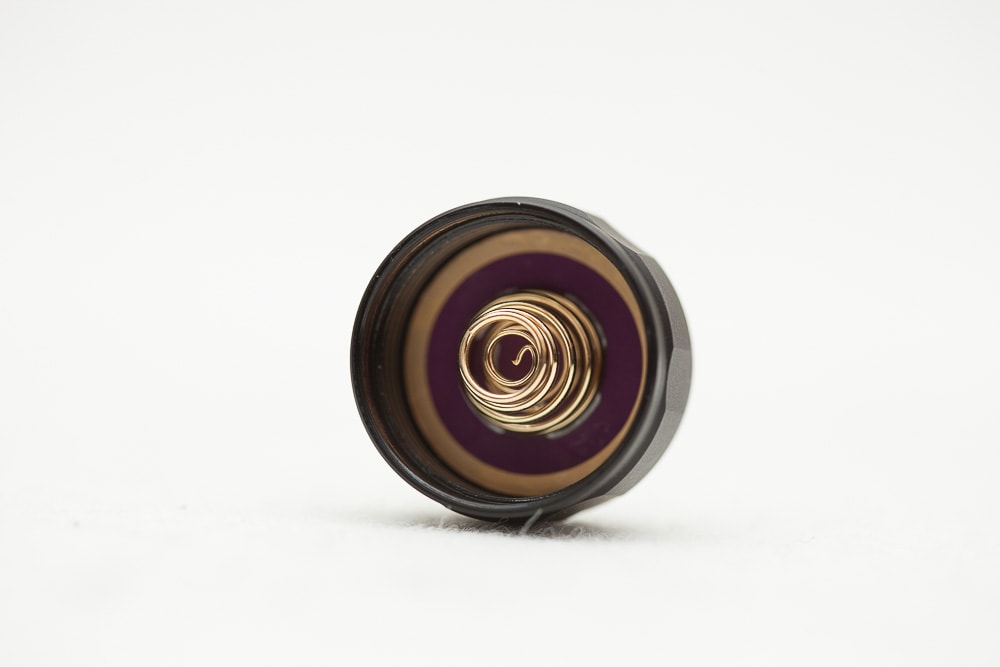
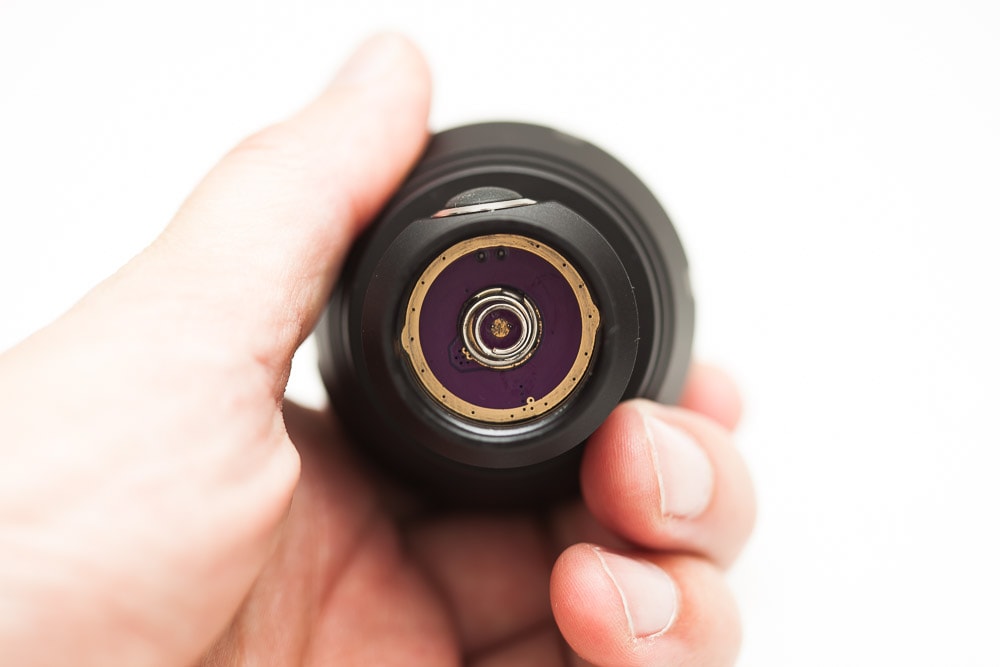
Lens, bezel and reflector
It is impossible to unscrew the bezel off the body. They must have used glue to stop you from opening up the light… pity. The reflector is smooth, as you could have guessed for a “thrower”.
- Diameter reflector inside 42 mm
- Diameter outside head: 50 mm
The LED is an XPL-Hi and is centered really really well, Mine is neutral white!
Dimensions and weight of the BLF-GT:
- Length: 132 mm (5.1″)
- Diameter head: 50 mm (1.9″)
- Diameter battery tube: 25 mm
- Weight BLF GT MINI: 150 grams (0.33 pounds)
Below, you can see the comparison between a few lights: BLF A6, BLF GT MINI, Convoy C8, and BLF Q8.
And 2nd picture: Convoy C8 vs BLF GT Mini
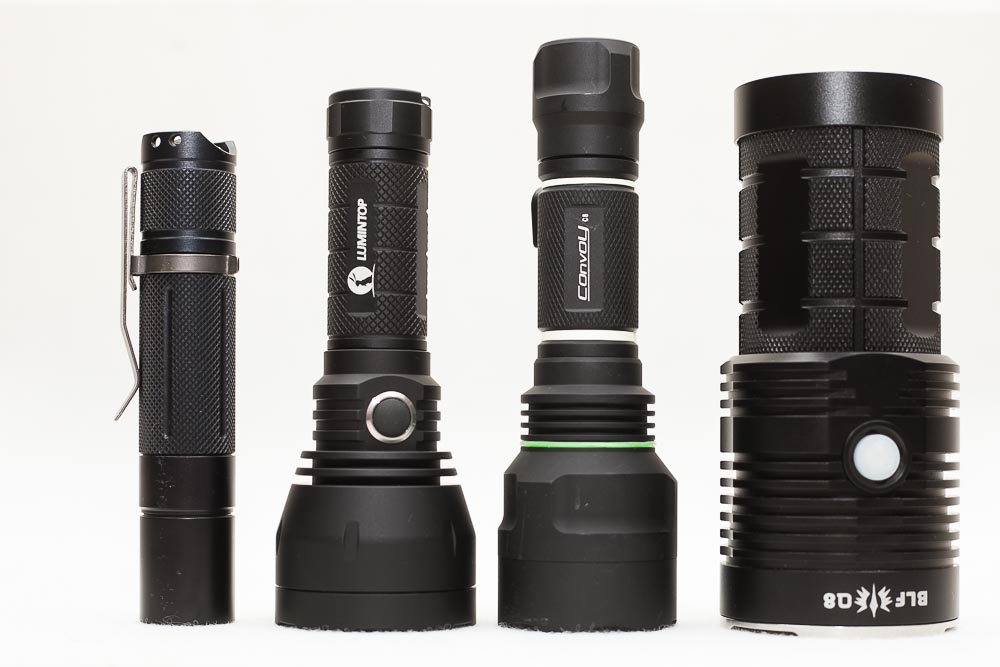
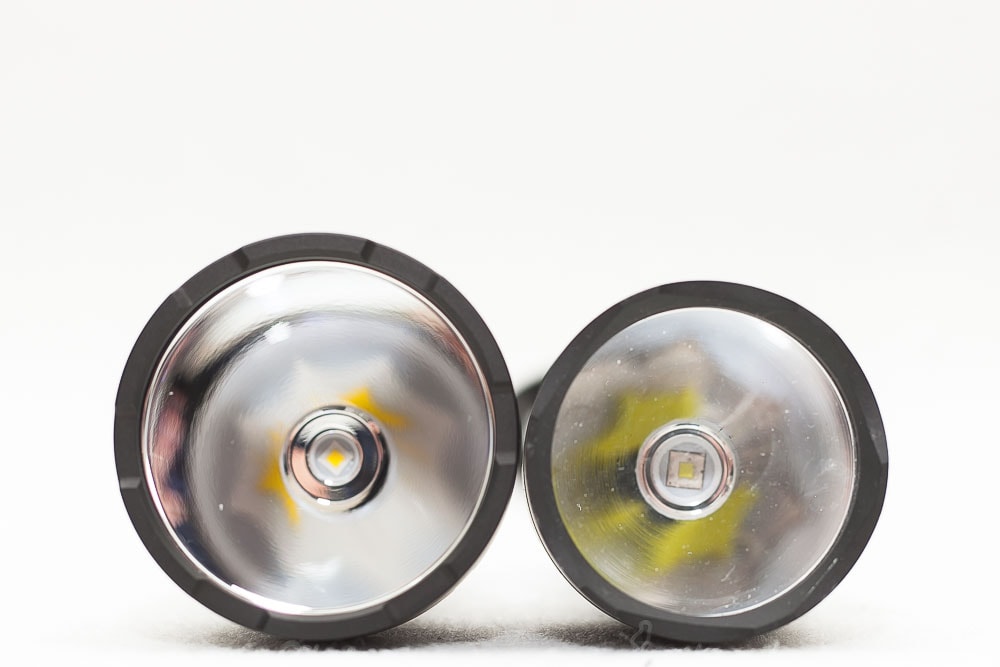
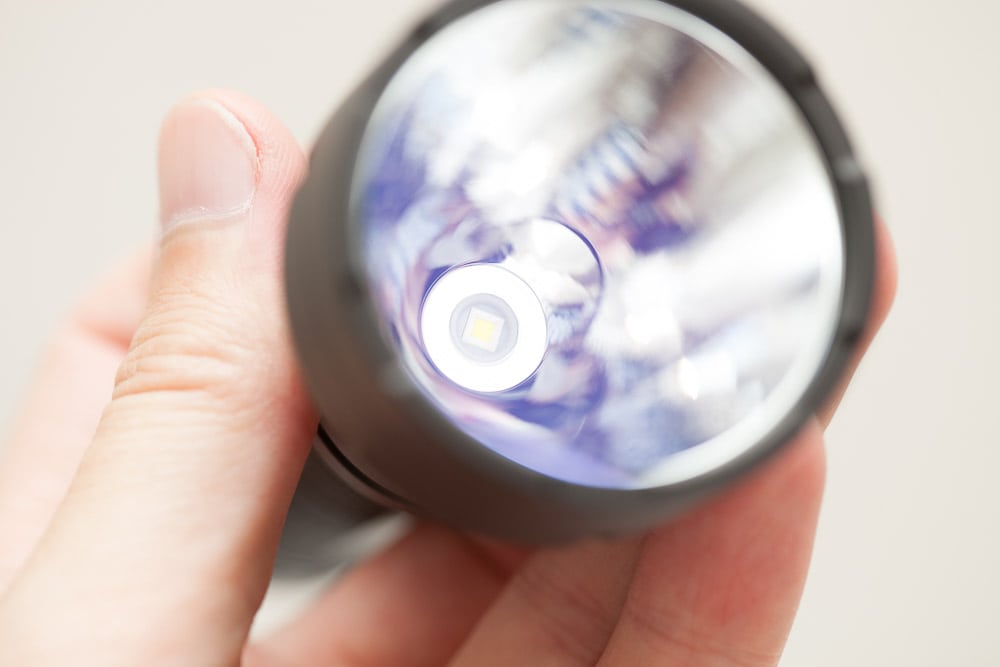
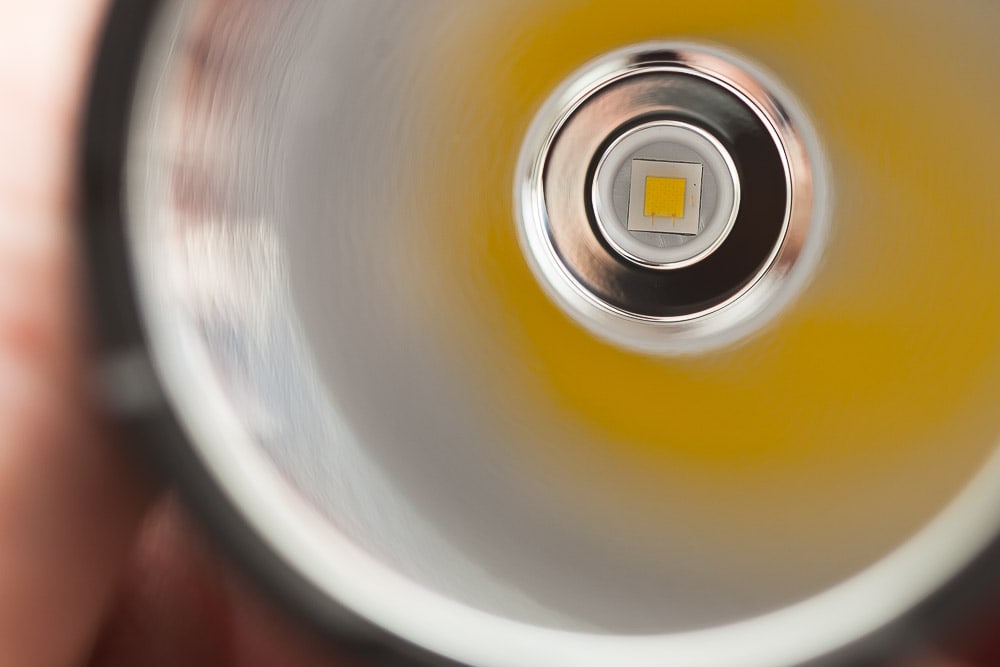
User Interface for the BLF GT MINI
The mini also uses the same Narsil firmware as it’s big brother, the BLF GT.
Download the BLF GT manual here: BLF GT manual
Default UI: ramping
This UI has smooth ramping between 0% and 80%, and you can still switch to the 100% Turbo mode.
- Turn on: single-click, last mode memory (last use level of output)
- Ramping output level: press and hold
- Reverse ramping: while ramping in one direction, release button briefly and press + hold again
- Instant TURBO: double-click
- Turn off: single-click
- Ultra-Low mode: from OFF: press the button and release as soon as the GT turns on.
- Strobe: 1. double-click for TURBO, and 2. double-click again (Use single clicks to cycle forward through the different types of strobes, but you have to be quick: If resting on a strobe longer than 1.2 seconds, it locks in, and the next single click is OFF. Press+hold at any time to cycle backwards through the strobes.)
- Battery status: triple-click (4 blinks, with a short pause, and then 1 blink would indicate 4.1V average per cell, as an example)
- Electronic lock-out: 4 clicks, and to re-enable again 4 clicks.
- Momentary ON mode: five clicks (loosen and re-tighten the tail-cap to return to normal operation)
- Factory reset: Triple-click (battery status mode), then double-click (driver temperature mode), double-click again (firmware version mode), and press and hold for about 2 s. Four blinks confirm a successful reset.
Alternative UI: Mode-sets
The mini GT uses the Smooth Ramping setting by default. However, the Mini GT can also be operated using a more conventional MODE-SET style user interface. (See next section for details on how to set UI options).
Using the MODE-SET UI the output does not ramp, it steps from one mode to the next using single-clicks, just like with a usual flashlight.
- Turn on: single-click
- Next mode: single-click (within 1.2 sec)
- Previous mode: press + hold
- Last mode [100%]: from off: press+hold
- Turn off: single-click (after 1.2 sec)
- Strobes: press+hold. Single clicks to cycle through all Strobe modes. Press+hold to cycle backwards through the strobe modes.
- Battery status: from OFF: single-click followed by press+hold. How to read the Voltage: if there are 4 blinks, a short pause, then another 1 blink, it would indicate 4.1 V average per cell.)
- Electronic lock-out: from OFF: double-click followed by press+hold, same to re-enable again.
- Factory reset: from OFF, single-click followed by a press+hold (battery status mode), then double-click (driver temperature mode), double-click again (firmware version mode), then press+hold for about 2 seconds. 4 blinks confirm a successful reset.
Backlight of the switch: The backlight of the switch is turned on by default, when the flashlight is turned off. If you don’t want to use this backlight you can simply turn off that future by quickly switching the power on and off. Unfortunately, it will only stay off till the next use.
The parasitic drain is ~250 μA with the light turned on, and ~150 μA without.
The button however they used is BLACK, so the backlight is really hard to see! Wonder why that is.
Momentary on:
Yes, hidden. The momentary on only works when you tap five times while in the ramping mode. It is not accessible while being in any “mode sets”. It seems like you can only get out of this mode when doing a complete turn-off, like turning the battery carrier.
Performance
- PWM: Nope… nothing to worry about.
Current Draw
This time, I measured it with a Samsung INR18650-25R. First, I measured with solid copper core wires, which somehow gave a much lower reading than the supplied Fluke cables! With the Fluke cable, I measured:
- Max output in Ramping mode: 1.60A
- Turbo mode: 3.4A
Lumens
I measured this with my home-built integrating sphere. I used a Convoy S2+ I received from BLF member Djozz as a calibration point, which has a stable output of 137 lumens. I used a Samsung INR18650 25R high-drain battery.
| Mode | Total Lumen |
|---|---|
| Lowest | 1.60 lumen |
| Highest | 681 lumens |
| Turbo | 1176 lumens |
Max Throw
The throw I measured with the cheap HS1010A lightmeter. In the future I will do more testing with my other light meter, which is a more expensive one, but I’m not 100% satisfied with either, because I have dependencies, that I can’t explain, so hopefully, a 3rd lightmeter would solve the problem.. or make it worse ;–) My HS1010A is always showing lower numbers.
Measured at 5 meters / 32.8ft:
- Panasonic NCR18650B Max mode: 246 lux: 61kcd
- Panasonic NCR18650B Turbo mode: 423 lux: 105kcd
- Samsung INR18650-25R Max mode: 252 lux: 63kcd
- Samsung INR18650-25R Turbo mode: 431 lux: 107kcd
Next up are the measurements outdoors at 10 meters, with 2 lux meters; Hagner E4-X and Skytronic LX-101
- Hagner E4-X: Samsung INR18650-25R Turbo mode: 120900cd = 121kcd (695 meters)
- Skytronic LX-101: Samsung INR18650-25R Turbo mode: 148400cd = 148kcd (770 meters)
You can see that throwers tend to get more realistic numbers at a farther distance. The only thing I have to figure out which Lux meter is reading it correctly, and go with that one for Lux metering. I trust the Hagner more when it comes to measuring Lumens with a calibrated light.
Here is the list with most of the single 18650 throwers we reviewed, reaching 500 meters or farther.
| Flashlight | Battery | Max. Output (lm) | @30sec (lm) | Candela (cd) | Distance (m) |
|---|---|---|---|---|---|
| Noctigon KR1 | Samsung 30Q | 1061 | – | 83500 | 578 |
| Convoy C8+ | Samsung 30Q | – | – | 83900 | 598 |
| Boruit C8 | Boruit 2200 | 441 | 435 | 120000 | 693 |
| Acebeam L17 | Acebeam ARC18650H-310A | 1354 | – | 120600 | 695 |
| Lumintop GT Mini | Samsung 25R | 1176 | – | 121000 | 695 |
| Microfire Falcon H8 | Samsung 30Q | 331 | 328 | 176000 | 839 |
| Weltool T11 | Panasonic 3400 | 571 | – | 255250 | 1010 |
| Nextorch T7L (LEP) | Nextorch 2600 | 524 | 524 | 437000 | 1322 |
| Speras TH2 | Speras 3400 | 305 | – | 588100 | 1534 |
Beam shots:
I went out and did some comparison beamshots.
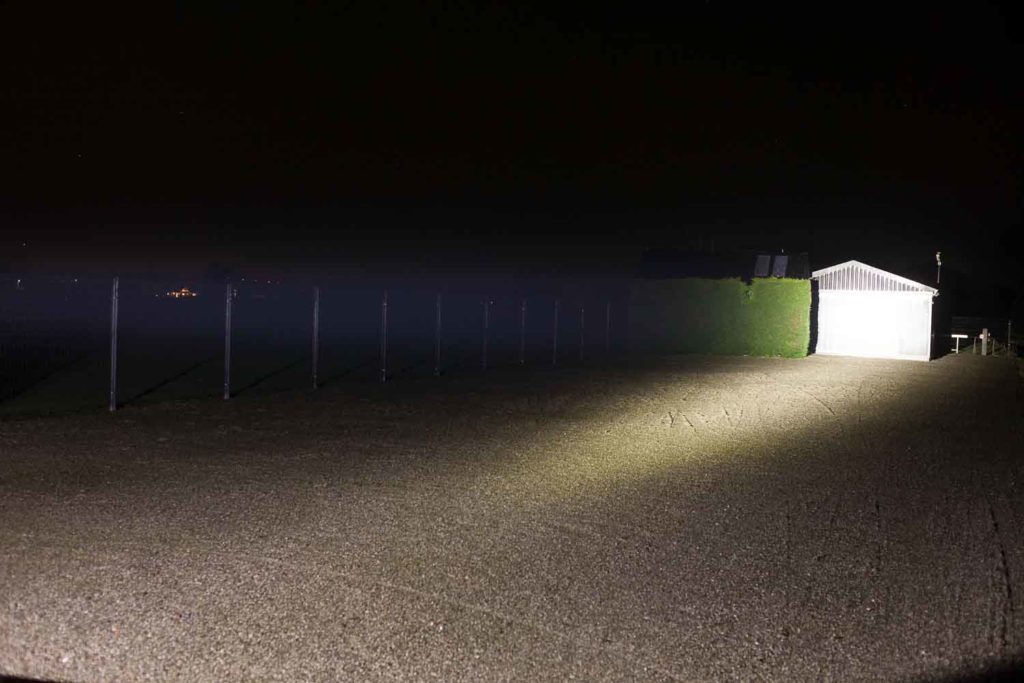
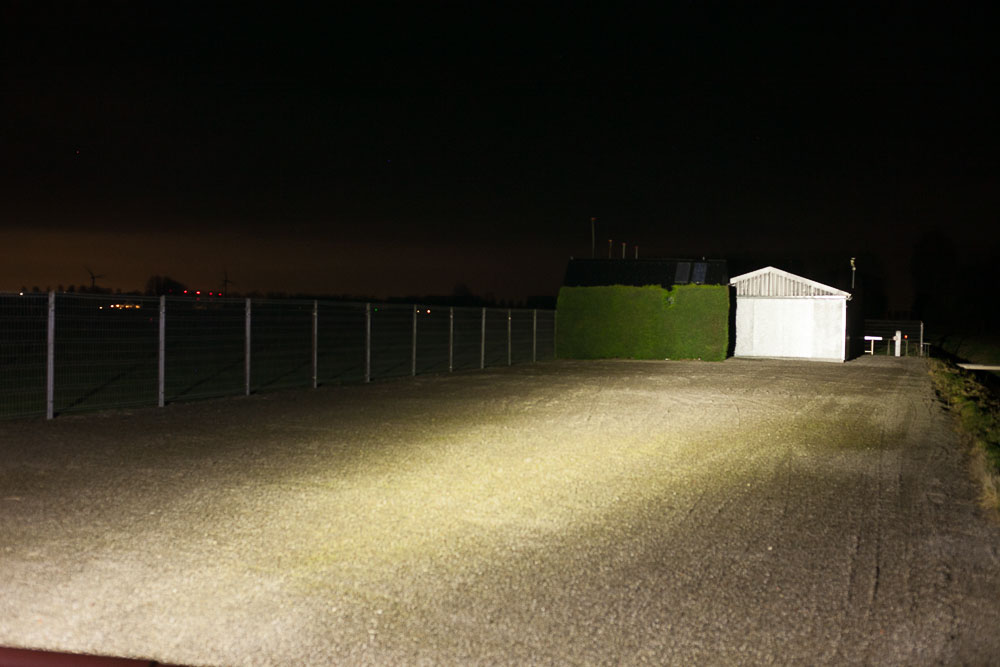
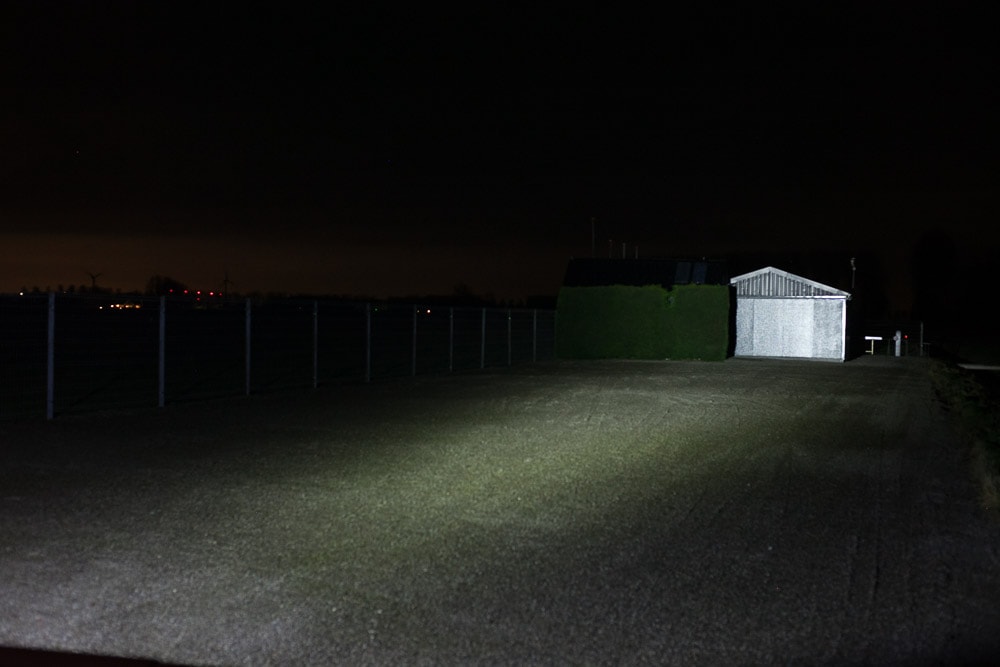
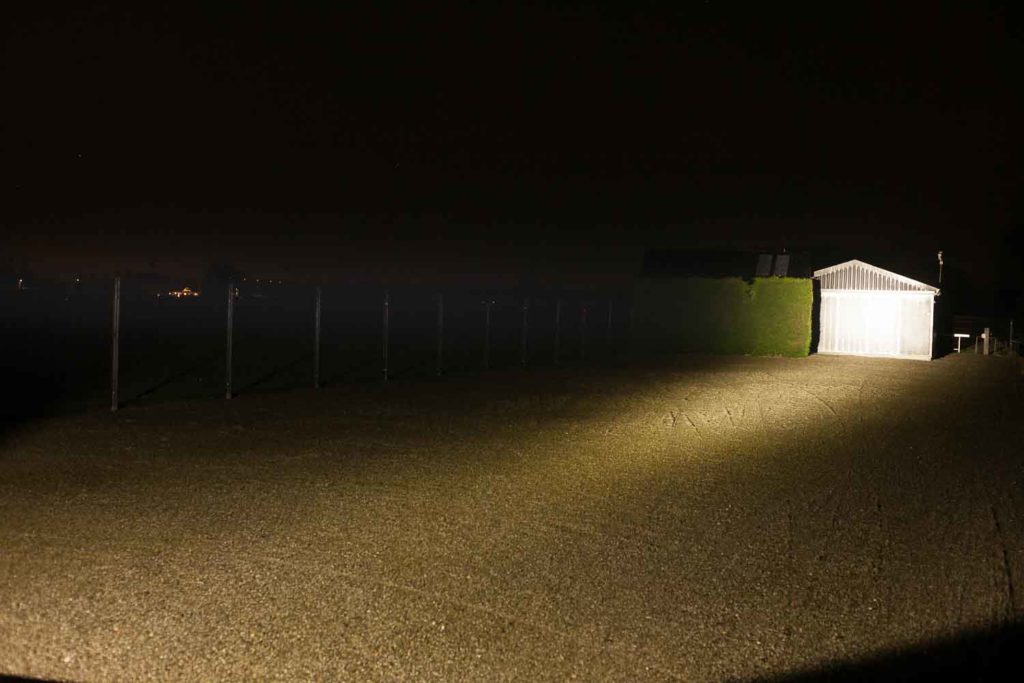
Conclusion and verdict for the BLF GT MINI
Positive points:
- Fits in your pocket
- One of the best smallest throwers, reaching over 100kcd.
- Simple standard ramping UI… read cons
Negative points:
- The programming UI can be complicated.
Rating: 5 stars: Excellent
It does what it needs to do, and it does that very well. A powerful little thrower. It throws farther than 99% of other flashlights with this size. You don’t need to mod it, it already throws great! If you don’t want to spend $35-$45 on this light, you could always mod something yourself and get about the same output..
Disclosure: NealsGadgets provided the flashlight for review.
Lumintop GT Mini for sale:
Discontinued. Check out the following articles instead;